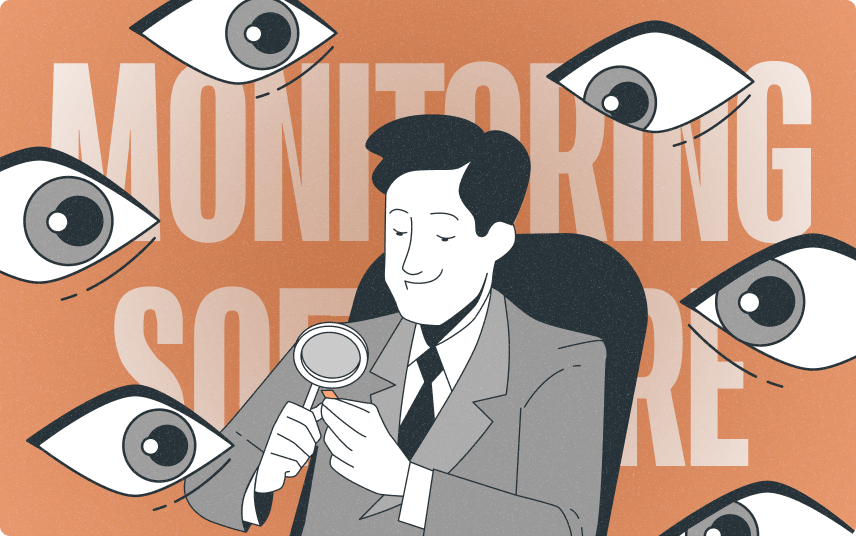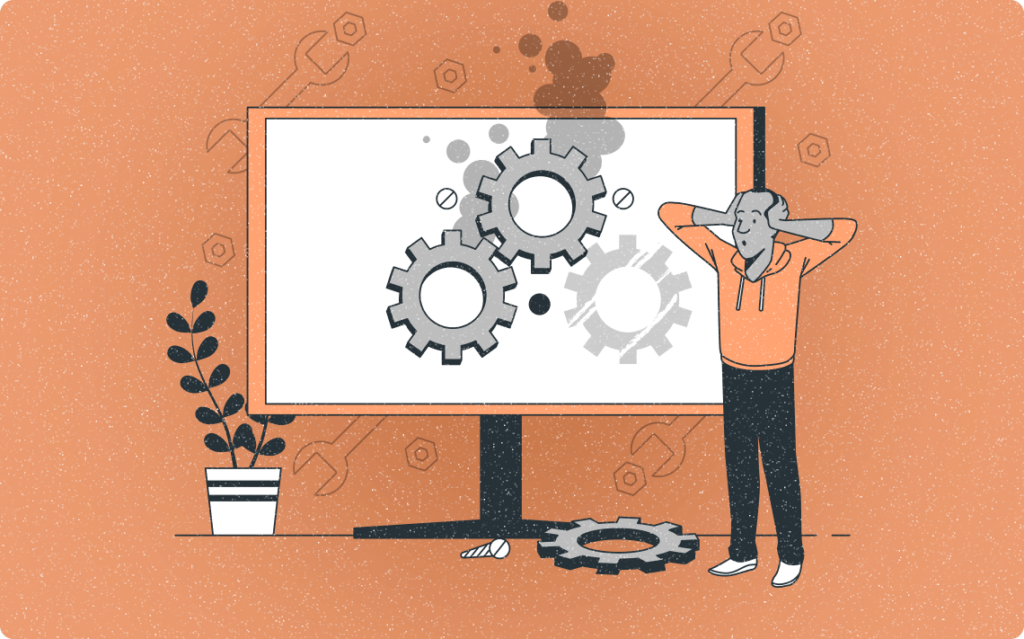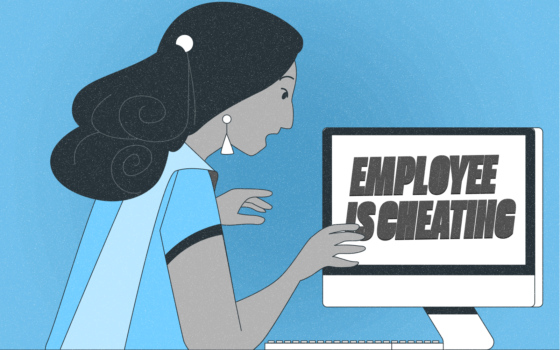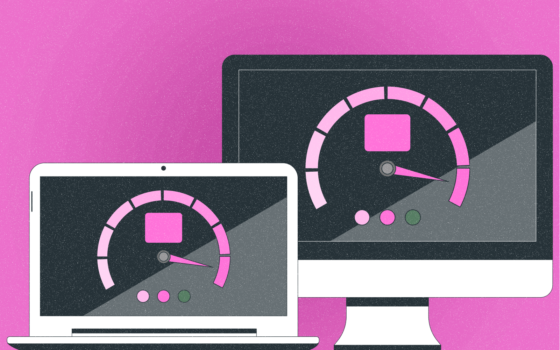How to Detect Employee Monitoring Software

In today’s digital age, employee monitoring software is increasingly being used by companies to track productivity, ensure compliance, and safeguard against security threats. While these tools can offer significant benefits to employers, they often raise concerns about privacy among employees. Understanding how to detect the presence of monitoring software on your devices is essential for safeguarding your privacy and ensuring that your work environment respects your rights.
In this article, we’ll explore what employee monitoring software is, why companies use it, how to detect it, and what steps you can take if you discover that such software is being used without your knowledge. By the end of this guide, you’ll have a clear understanding of the signs to look out for and how to protect your privacy in the workplace.
Introduction
Employee monitoring software refers to a range of tools that employers use to monitor the activities of their employees during work hours. These tools can track various aspects of employee behavior, including internet usage, email correspondence, keystrokes, and even screen activity. While monitoring can be done openly with the knowledge and consent of employees, it is sometimes implemented covertly, raising ethical and legal questions.
Detecting employee monitoring software on your device can be challenging, especially if the software is designed to operate in stealth mode. However, with a few key strategies and tools, you can identify whether such software is being used and take appropriate action. In this article, we’ll guide you through the process of detecting monitoring software, understanding the implications, and responding effectively.
What Is Employee Monitoring Software?
Employee monitoring software encompasses a variety of tools and techniques used by employers to track and record employee activities on company-provided devices. These tools can range from simple web browsing trackers to sophisticated surveillance systems that monitor every keystroke and screen interaction. Common features of employee monitoring software include:
While employers may justify the use of monitoring software for reasons such as productivity tracking, security, and regulatory compliance, it is essential for employees to be aware of its presence, as it directly impacts their privacy.
Why Do Employers Use Employee Monitoring Software?
Employers use monitoring software for several reasons, some of which are legitimate and necessary for business operations, while others may be more intrusive. Here are some common reasons why employers implement monitoring software:
While these reasons may justify the use of monitoring software, it is essential for employers to balance their needs with respect for employee privacy. Employees should be informed of any monitoring practices and given the opportunity to provide consent.

How to Detect Employee Monitoring Software
Detecting employee monitoring software on your device can be challenging, especially if the software is designed to operate covertly. However, there are several signs and methods you can use to identify the presence of such software:
1. Unusual Computer Behavior
One of the first signs that monitoring software may be installed on your device is unusual computer behavior. This can include:
- Slow Performance: Monitoring software can consume system resources, leading to slower performance, lag, or frequent crashes.
- Increased Fan Activity: If your computer’s fan is running constantly or more loudly than usual, it could be a sign that the CPU is being overworked by monitoring software.
- Strange Pop-ups or Error Messages: Unexpected pop-ups or error messages could indicate the presence of software running in the background.
2. Check for Suspicious Processes
Monitoring software often runs as a background process on your computer. You can check for suspicious processes by opening the Task Manager (Windows) or Activity Monitor (Mac). Look for unfamiliar processes or those that consume a high amount of CPU or memory. Be cautious, as some monitoring software may disguise itself as a legitimate system process.
3. Network Activity Monitoring
Monitoring software may also transmit data to a remote server, leading to increased network activity. You can monitor your network activity to detect any unusual or continuous data transfers. Tools like Wireshark or Netstat can help you analyze network traffic and identify suspicious connections.
4. Antivirus and Anti-Spyware Scans
Running a full antivirus or anti-spyware scan can help detect monitoring software that has been installed on your device. While not all monitoring software is classified as malware, some antivirus programs can detect and flag potentially unwanted programs (PUPs) or spyware.
5. Check Installed Programs
Review the list of installed programs on your device to see if any unfamiliar software has been added. Some monitoring tools may be listed under generic names, so it’s important to research any unknown programs.
6. Look for Hardware Modifications
In some cases, monitoring can be done using hardware devices, such as keyloggers attached to the keyboard or USB ports. Inspect your workstation for any unfamiliar hardware devices that may have been added without your knowledge.
7. Consult IT or HR
If you suspect that monitoring software has been installed on your device, you can consult your company’s IT or HR department. They should be able to confirm whether monitoring software is in use and provide details about its purpose and scope.
Get more out of your business
Get the best employee engagement content every week via mailing list

What to Do If You Discover Monitoring Software
If you discover that monitoring software has been installed on your device, it’s important to take the following steps:
1. Review Company Policies
Before taking any action, review your company’s policies regarding employee monitoring. This will help you understand the legal and ethical framework within which the monitoring is being conducted. In many cases, companies are required to inform employees about monitoring practices.
2. Address Concerns with HR or Management
If you have concerns about the monitoring software, schedule a meeting with your HR department or manager to discuss them. Express your concerns in a professional and constructive manner, and ask for clarification on the purpose and extent of the monitoring.
3. Consider Legal Advice
If you believe that the monitoring is excessive or violates your privacy rights, you may want to consult with a legal professional. They can advise you on your rights and the legal options available to you.
4. Protect Your Personal Information
If you use a company-provided device for personal activities, consider separating your work and personal life. Use your personal devices for non-work-related activities, and avoid storing personal information on company devices.
Conclusion
Employee monitoring software is a tool that can be used for legitimate business purposes, but it also raises important questions about privacy and trust in the workplace. By understanding how to detect monitoring software, you can take steps to protect your privacy and ensure that your work environment respects your rights.
While employers have the right to monitor activities on company-provided devices, transparency and communication are key to maintaining a positive and respectful work environment. Employees should be informed of any monitoring practices and given the opportunity to provide input or raise concerns.
— The Monitask Team
Frequently Asked Questions
Can employee monitoring software track my personal activities?
Yes, employee monitoring software can track personal activities if conducted on company-provided devices. To protect your privacy, consider separating work and personal activities and using personal devices for non-work-related tasks.
Is it legal for employers to use monitoring software without informing employees?
Laws regarding employee monitoring vary by jurisdiction, but in many cases, employers are required to inform employees of monitoring practices. Always check your local laws and company policies for specific regulations.
What should I do if I find monitoring software on my computer?
If you find monitoring software, review your company’s policies, and address your concerns with HR or management. If necessary, consult a legal professional to understand your rights and options.


